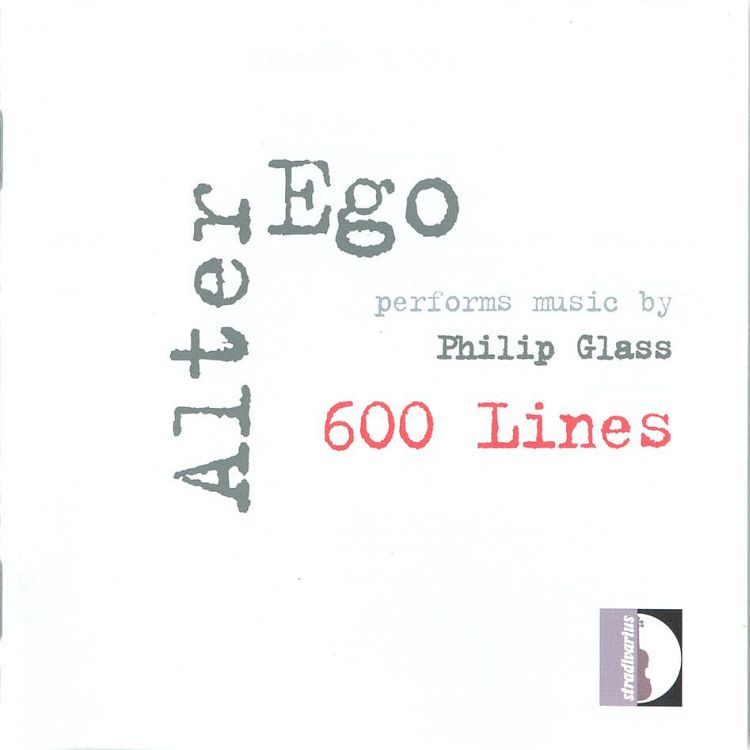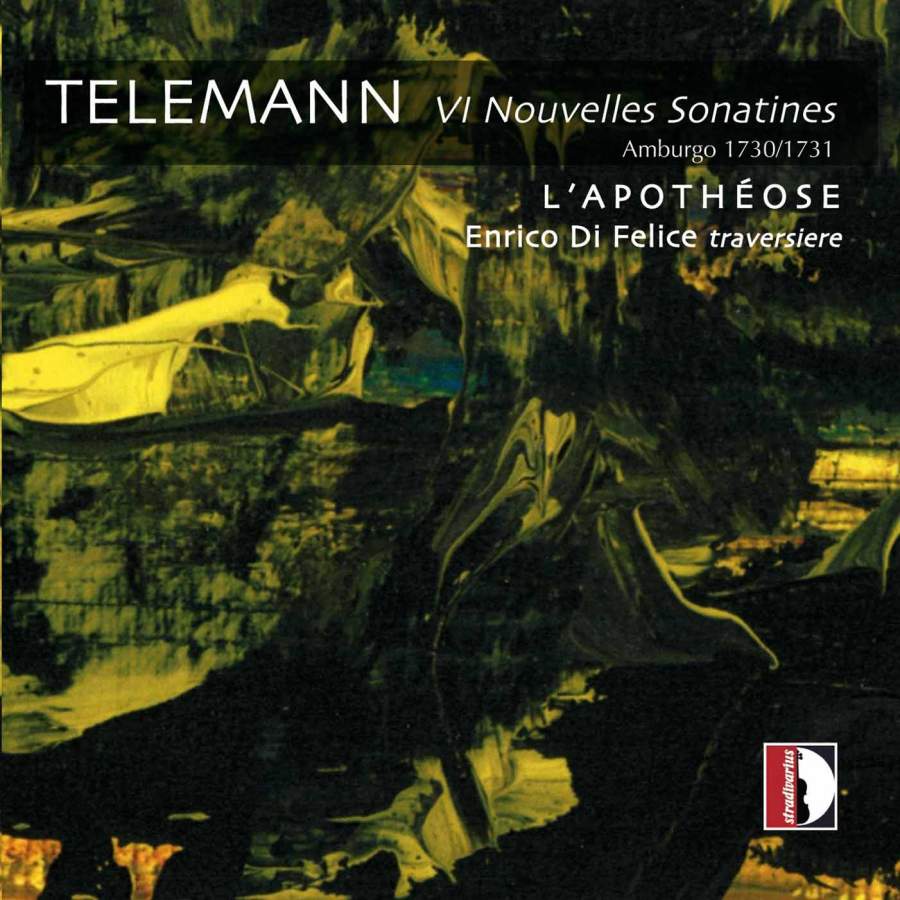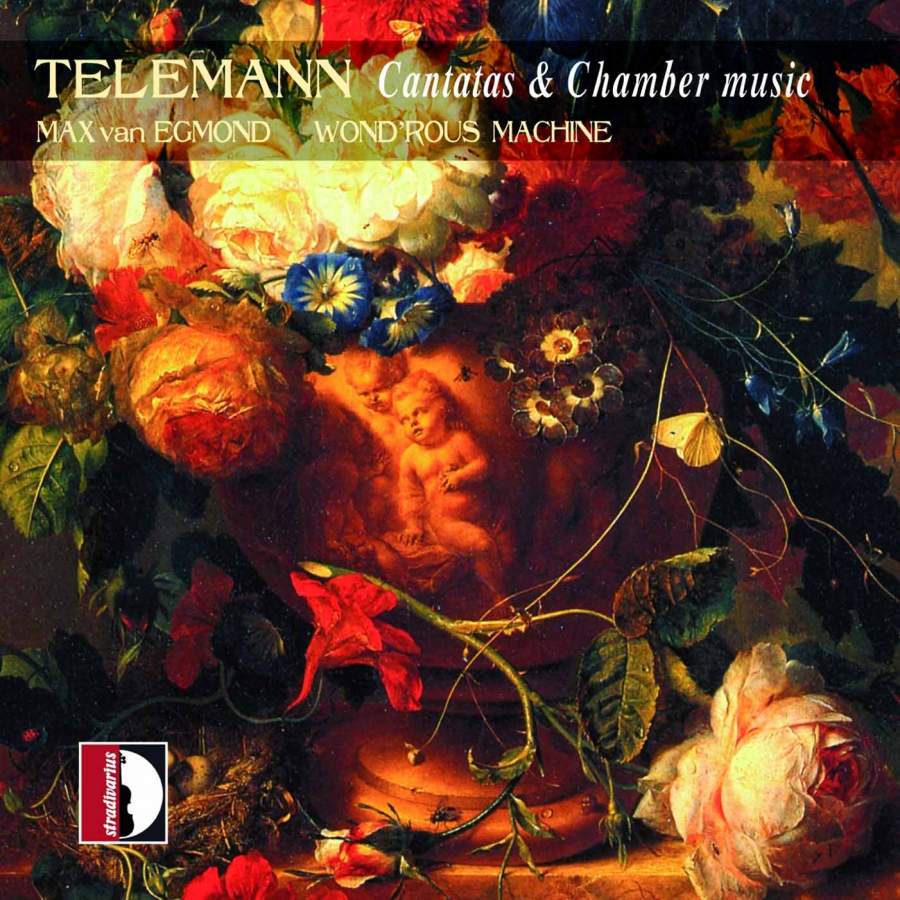Logowanie
Dlaczego wszystkjie inne nie brzmią tak jak te?
Chai Lang, Fan Tao, Broadcasting Chinese Orchestra
Illusive Butterfly
Butterly - motyl - to sekret i tajemnica muzyki chińskiej.
SpeakersCorner - OSTATNIE!!!!
RAVEL, DEBUSSY, Paul Paray, Detroit Symphony Orchestra
Prelude a l'Apres-midi d'un faune / Petite Suite / Valses nobles et sentimentales / Le Tombeau de Couperin
Samozapłon gwarantowany - Himalaje sztuki audiofilskiej
PROKOFIEV, Stanislaw Skrowaczewski, Minneapolis Symphony Orchestra
Romeo and Juliet
Stanisław Skrowaczewski,
✟ 22-02-2017
BARTOK, Antal Dorati, Philharmonia Hungarica
Dance Suite / Two Portraits / Two Excerpts From 'Mikrokosmos'
Samozapłon gwarantowany - Himalaje sztuki audiofilskiej
ENESCU, LISZT, Antal Dorati, The London Symphony Orchestra
Two Roumanian Rhapsodies / Hungarian Rhapsody Nos. 2 & 3
Samozapłon gwarantowany - Himalaje sztuki audiofilskiej
Winylowy niezbędnik
ClearAudio
Cartridge Alignment Gauge - uniwersalny przyrząd do ustawiania geometrii wkładki i ramienia
Jedyny na rynku, tak wszechstronny i właściwy do każdego typu gramofonu!
ClearAudio
Harmo-nicer - nie tylko mata gramofonowa
Najlepsze rozwiązania leżą tuż obok
IDEALNA MATA ANTYPOŚLIZGOWA I ANTYWIBRACYJNA.
Wzorcowe
Carmen Gomes
Celebrating the art and spirit of music - vol. 5 - Reference Songs
- CHCECIE TO WIERZCIE, CHCECIE - NIE WIERZCIE, ALE TO NIE JEST ZŁUDZENIE!!!
Petra Rosa, Eddie C.
Celebrating the art and spirit of music - vol. 3 - Pure
warm sophisticated voice...
SAMPLER - STS DIGITAL, Gregor Hamilton
Celebrating the art and spirit of music - vol. 2 - Love songs from Gregor Hamilton
...jak opanować serca bicie?...
SAMPLER - STS DIGITAL
Celebrating the art and spirit of music - vol. 1 - Leonardo Amuedo
Największy romans sopranu z głębokim basem... wiosennym
Lils Mackintosh
Celebrating the art and spirit of music - vol. 4 - A Tribute to Billie Holiday
Uczennica godna swej Mistrzyni
Michael Chance, Monica Huggett, Bruce Dickey, Galatea, Paul Beier
Con gratia, et maniera
- Works By Salaverde, Bovicelli, Maschera, Mainerio, Rognon, Virgiliano, Rognoni Taeggio, Bassano & Dowland
- Bartolomeo de Selma y Salaverde - Vestiva i colli passeggiato a doi (Palestrina)
- Giovanni Battista Bovicelli - Anchor che co'l partire (diminuzioni)
- Giovanni Battista Bovicelli - Ave verum (diminuzioni su 'Io son ferito')
- Giovanni Battista Bovicelli - Io son ferito ahi lasso (diminuzioni)
- Florentio Maschera - Canzona decimaquinta
- Giorgio Mainerio - Pass'e mezzo moderno
- Giorgio Mainerio - Saltarello moderno
- Giorgio Mainerio - La billiarda
- Riccardo Rognoni - Domine quando veneris (diminuzioni)
- Aurelio Virgiliano - Ben qui si mostra il ciel (diminuzioni)
- G.D. Rognoni Taeggio - Io son ferito (diminuzioni)
- G.D. Rognoni Taeggio - Sonata seconda
- Giovanni Bassano - Vestiva i colli (diminuzioni)
- Giovanni Bassano - Così le chiome (diminuzioni)
- John Dowland - Lasso vita mia
- Michael Chance - tenor
- Monica Huggett - violin
- Bruce Dickey - flute
- Galatea - orchestra
- Paul Beier - conductor
""Con gratia, et Maniera" = with grace and mannerisms (that is the manner of singing and playing). This entire recording is truly an amazing work of musical art; once the listening begins everything else in your environment is secondary. It was common practise in the 16th century for the nobility including the rich men of the Church, to hire and exhibit pridefully the best musical virtuosos, which certainly was an incentive for the musicians to become skilled and eminently visible. In the half-century between between 1575-1625, the art of diminution (the repetition and imitation of a theme in notes of smaller time value) founded on an age-old tradition of the virtuoso singer (one example being the castrati singer) and instrumentalists, flourished. Since there were numerous 'live' performances, the musicians had to develop their own personalized versions of songs, many of which were requested over and over again. So it was necessary to emply varied techniques for performance. The author, Zacconi, is quoted from a chapter in his book 'Prattica di musica' (Venice, 1596),. The chapter title: "The way in which to sing musical subjects with grace" . He advises singers to add to the written line of the music those 'charms' which, when combined with propriety, agility and 'grace' render the music infinitely more pleasing to the ear. An exact quote is as follows: "The charms and the accents are made by dividing and breaking the subject: in notes lasting a beat, or half a beat, you add a quantity of figures that are in a natural way pronounced more quickly". And obviously this is where the art of diminution (quick notes that artfully 'break-up'the longer note values of the original melody) came into play. And in my opinion, after hearing this recording several times, I must say that nobody does it better than Michael Chance, who demonstrates the diminution technique as well as any jazz musician I have heard improvising skillfully in their various renditions. It also brings to mind the technique of 'scat' singing done so well by Mel Torme, I am sure many of you out there can relate to the comparison of jazz improvisational techniques and can certainly compare them to this art of diminution. The liner notes explain clearly what the art of diminution involves. Bruce Dickey (cornetto) herein gives us a terrific overview of the pieces that were prominent in this period. He is one of today's most expert practitioners of the Renaissance art of diminution and an accomplished cornettist. He is heard on seven selections. Monica Huggett, violin, appears here on her third CD with Galatea. She is heard on eight selections. Michael Chance, countertenor, is known as a master Baroque singer, as well as for his excellent interpretations of the Elizabethan and Jacobean periods(check if you will his 1992 recording "sypres curtin of the night"). He is featured on six selections. These outstanding and well-known soloists join Galatea, a six member ensemble, founded by lutenist and director Paul Beier. There are nine composers in all represented in these fifteen compositions. I must confess that I am only familiar with two of them: Giovanni Bassano and John Dowland, but I found them all to be very interesting and entertaining, and I am not the only one who thinks so! BBC MAGAZINE, MARCH 2010:"Drawing together rigorous musicological research and virtuoso performances, this project impresses and delights. Countertenor, Michael Chance, achieves, at his finest, the ethereal sound of 'organ of the soul'....the plangent eloquence and dare-devil bravura of Bruce Dickey's cornetto playing would charm the skin off a snake, and the other instrumentalists of the ensemble Galatea respond to the music's sinuous lines with apt 'gratia e maniera'. Set in a glossy church acoustic, the recording is acutely judged, capturing the subtle details of this subtle art." The term 'dig' was difficult to figure out, but Amazon just sent me an email and they said it refers to a digital recording. I thought maybe it meant 'digipak' because that is what the packageing is; cardboard opening like a book with the record in hard plastic. The package included an excellent booklet with good information about the disc in Italian, French and English. The text is in Latin and/or Italian, English and French."




























